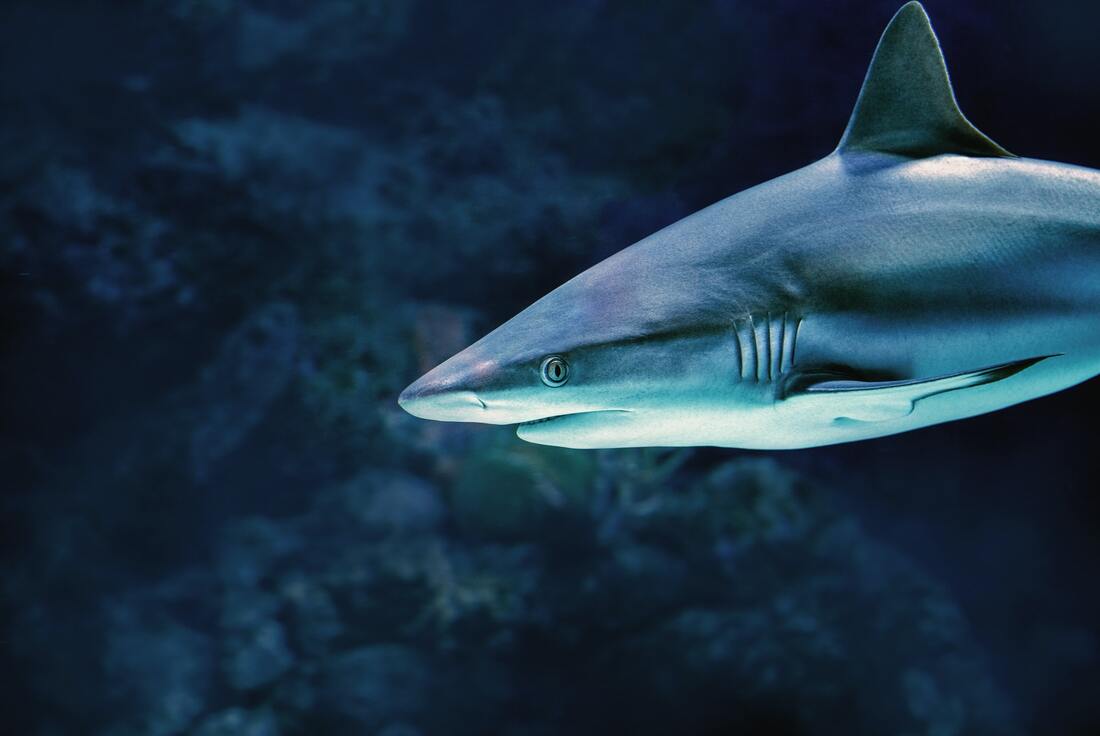|
2,356 Sightings
|
Spot A Shark USA is a citizen-science program that engages anyone who spends time on the water with sand tiger shark research along the Atlantic coast. Divers, snorkelers, and others are asked to photograph encounters with sand tiger sharks and post their images to the Spot A Shark USA website. Scientists then use unique spot patterns visible along the sides of the photographed sharks to identify individual animals. Identifying individual sand tiger sharks helps track shark movement and behavior over time. It also determines which coastal habitats sand tiger sharks use during their lives. This information is used by Spot A Shark USA researchers, as well as international partners, to facilitate management decisions aimed towards conserving sand tiger sharks, which are critically endangered in several parts of the world.
|
Algorithms
MODIFIED GROTH
In 1986, Dr. Edward Groth published a pattern-matching algorithm for comparing coordinates of stars in the night sky. We use an adaptation of this algorithm to match whale sharks using the coordinates of their spots. Learn more about Modified Groth.
I3S
The I3S algorithm was developed in 2007 for pattern-matching of the spotted ragged-tooth shark (Carcharias taurus). Since then, the algorithm has proven effective for other species with spots. Learn more about I3S.
In 1986, Dr. Edward Groth published a pattern-matching algorithm for comparing coordinates of stars in the night sky. We use an adaptation of this algorithm to match whale sharks using the coordinates of their spots. Learn more about Modified Groth.
I3S
The I3S algorithm was developed in 2007 for pattern-matching of the spotted ragged-tooth shark (Carcharias taurus). Since then, the algorithm has proven effective for other species with spots. Learn more about I3S.
Species
CARCHARIAS TAURUS
Sand tiger shark
Sand tiger shark


